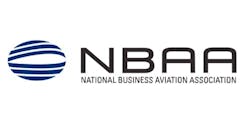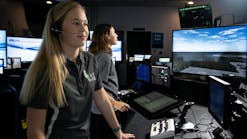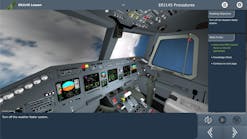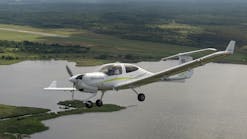Strengthening Our Workforce for the Future
The general aviation manufacturing industry has been resilient as it faced the challenges brought on by the pandemic. While the industry continues to face headwinds, we are working hard to meet the growing demand for new and used aircraft as well as maintaining and repairing the current fleet.
While we are optimistic about the future, it will be important that we renew our focus on strengthening our current and future workforce. The success and growth of our industry is reliant on a robust and talented workforce. Technicians are a critical component to the overall operational safety of our industry and are playing a vital role in supporting the recovery efforts.
Boeing’s recently released Pilot and Technician Outlook 2021–2040 forecasted that 626,000 new maintenance technicians will be needed to meet operator and MRO demand to maintain the global commercial aviation fleet over the next 20 years. Maintenance technicians will play a critical role in restoring, inspecting and preparing aircraft that have sat idle during the pandemic to meet airworthiness standards. As importantly our industry will need an influx of technicians familiar with electrical and hybrid motors and components to keep pace with the emerging Advanced Air Mobility sector.
The latest Pipeline Report from the Aviation Technician Education Council (ATEC) reported a 30 percent drop in new mechanic certificates issued by the FAA in 2020 as compared to 2019, which saw the most certificates issued in 17 years. The pandemic was likely a factor in this drop, but it does elicit concern. Additionally, we saw a growing number of new graduates take jobs outside of the aviation industry. While the pandemic again likely played a role in this, it is a trend that we have been paying close attention to and do not want to see continue.
As we look at our industry’s workforce, we see that in some sectors the average age of technicians is growing older. We do not want to put ourselves in a place in which retiring technicians outpace new entrants. It is essential that we address this trend with a focused outreach to attract younger generations.
To address these issues, we need to examine how we can properly show future generations that our industry relies on a broad range of skillsets and is one that offers rewarding and fulfilling opportunities for career advancement. The aviation community is tight knit and is often referred to as a family. We want to see this family grow and achieve great things especially as new and innovative technologies emerge to shape the future of the industry.
While the attraction to the industry is the first step, we must also examine how we shape and approach students as they progress in their studies and work towards certifications. The pandemic has showed that there are other ways to approach learning and, where possible, we should examine how we can also adapt and update curriculum and learning environments.
Strengthening our workforce will not occur overnight, we must be in it for the long haul and be open to new ideas. While we certainly do not have all the answers, we welcome input from any and all sides on how this can be done. We encourage you to reach out to us at info@gama.aero with your thoughts on how we can strengthen our workforce and usher in the next generation of aviation technicians.






